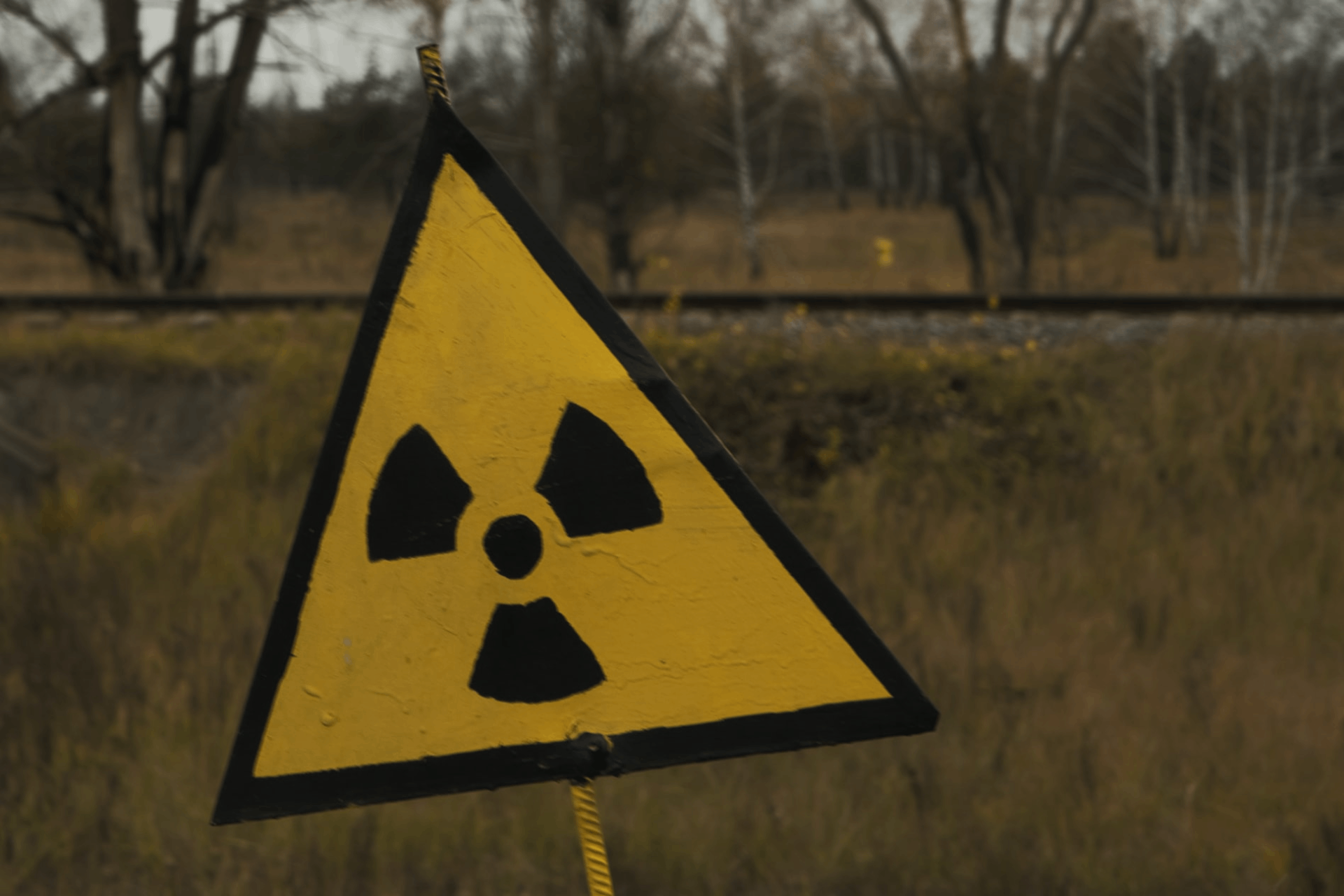The Ukrainian Sea Ports Authority plans to dig the Pripyat river despite protests of ecologists and scientists
The State Agency of Ukraine on Exclusion Zone Management (SAUEZM) has granted permission to the Ukrainian Sea Ports Authority (USPA) to deepen the Pripyat river in the Chernobyl Exclusion Zone. This is reported on the website of the USPA, as well as on the Facebook page of SAUEZM. After critical comments by experts, the state agency deleted their post.
Secret study puts radiation risk into question
Initially – in May 2020 – SAUEZM denied USPA permission to dredge the Pripyat river, but one and a half months later they changed their mind. According to the USPA, the reason for this are the results of a study on the radioactivity of bottom sediments at the planned construction sites in the Pripyat. This study was conducted by the state specialized enterprise ‘Ecocenter’. The First Deputy Minister of Infrastructure of Ukraine, Dmytro Abramovich, announced that the results reveal that dredging works within the Chernobyl Exclusion Zone are safe and without any radiation risk. Abramovich stated this during a meeting aimed to discuss the compliance with environmental legislation for the dredging works on the Pripyat river. Information about the attendees of the meeting is not available. The USPA news and the removed SAUEZM post state that the radioactivity study was commissioned in order to comply with environmental and radiation safety standards.
Dredging plans raise concerns of scientists and the public
National as well as international scientists are concerned about the dredging plans within the Chernobyl Exclusion Zone and its potential impacts.
Dmytro Gudkov, Head of the Department of Aquatic Radioecology of the Institute of Hydrobiology of the National Academy of Sciences of Ukraine, comments on the methodology of the above-mentioned radioactivity study: ‘Radioecological analyses should be conducted not only of bottom sediments, but also of coastal areas of the Pripyat river, which have significantly higher levels of radionuclide contamination due to the deepening of the riverbed and the intensification of navigation, possible erosion and changes in the coastal strip and additional inflow of radionuclides into the waters of the Pripyat river’. However, as even leading scientists do not have access to the study, he stresses that there is no information on the study’s quality and completeness available.
On July 16th 2020, the National Ecological Centre of Ukraine (NECU) hold a press conference on the consequences of deepening the Pripyat river in the Chernobyl Exclusion Zone. The director of the Institute of Hydrobiology of the National Academy of Sciences of Ukraine, Serhiy Afanasyev, attended the event and stated: ‘Any activity to deepen the river in one way or another will lead to contamination of river waters with radionuclides.’ He added that nobody knows neither the location and the quantity of radionuclides in the Pripyat nor the impacts during dredging works, because no related research exists.
A radioactivity analysis from the French non-governmental organization “Association pour le Contrôle de la Radioactivité dans l’Ouest” (ACRO) reveals that dredging inside the Chernobyl Exclusion Zone could pose an increased radiation risk for 28 million people. David Boilley, one of the authors of the study, nuclear physicist and the chairman of ACRO summarizes: ‘Taking the results of our radioactivity analysis into account, constructing the E40 waterway through the Chernobyl exclusion zone is not feasible. This undermines the entire project.’
Besides, water is scarce in Ukraine. And the Pripyat river basin is a very important freshwater reservoir. The country has ten times less water per person compared to other European countries. Serhiy Mezhzherin, Professor of the Institute of Zoology of the National Academy of Sciences of Ukraine, stresses that dredging would even enhance this problem: ‘The deepening of the river bottom can be compared to trying to increase the water volume by pouring the content of a 2-liter bottle into a 10-liter bucket. Here, we will immediately see the futility of this idea. In the case of the river, the water will become even less due to increased evaporation and other losses.’
Ecologists of Ukraine are also worried about the intentions of the Ukrainian Sea Ports Authority to deepen the Pripyat river without a prior environmental impact assessment of the planned works. NECU expert Heorhiy Veremiychyk notes that the terms of reference of the dredging works do not specify the places of storage of the seized soil and do not provide information on the implementation of an environmental impact assessment.
*The photo shows a radioactivity sign in the Chernobyl Exclusion Zone (Johannes Daleng, unsplash.com)
More information:
Read the articles from our Ukrainian “Save Polesia” colleague Oleg Lystopad:
- GreenPost article “The administration of the Exclusion Zone allowed digging Pripyat”
- GreenPost article “Scientist warn against deepening Pripyat without radiological research”
Radioactivity study from ACRO including a video interview with the study author
‘Save Polesia’ factsheet on the radiation study from ACRO

